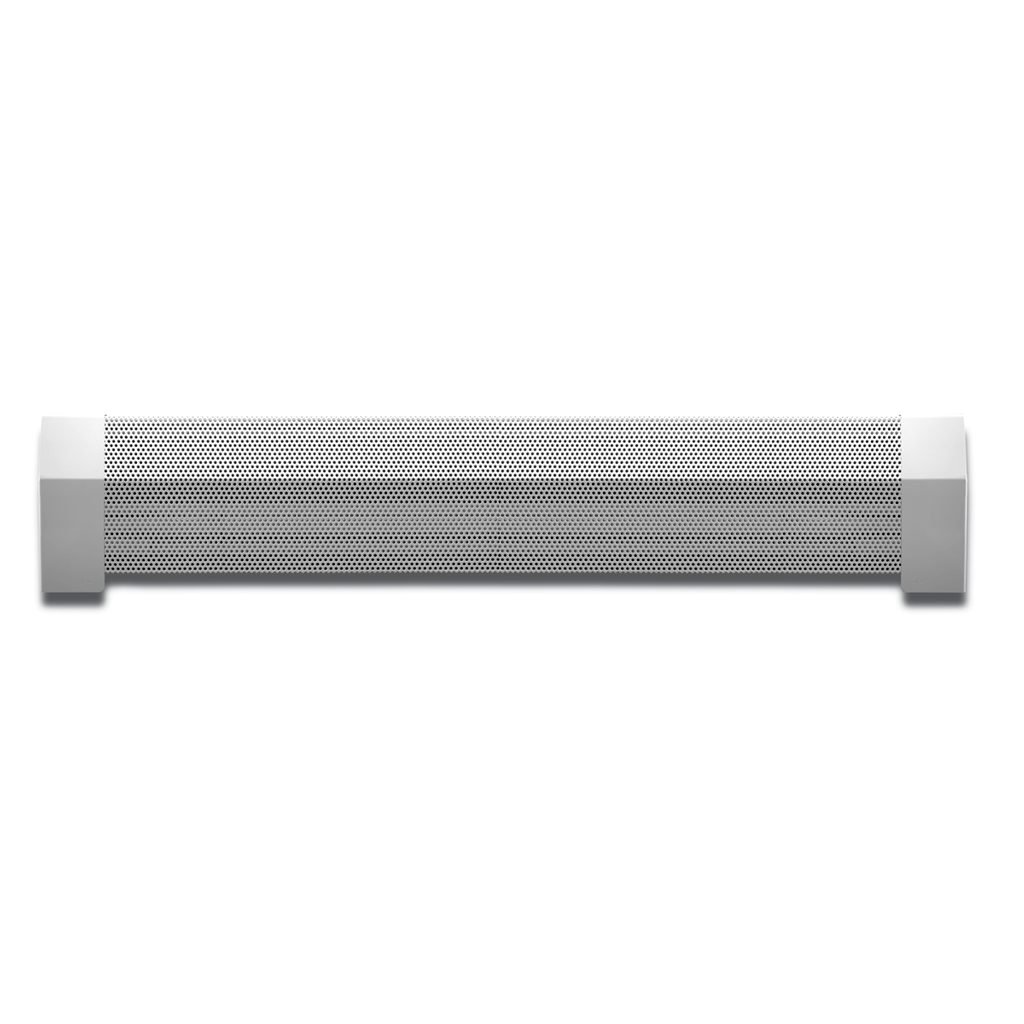What to Know About Types Of Baseboard Heaters
Updated: Jan. 10, 2023

Baseboard heaters offer powerful, versatile home heating. Discover the two main types of baseboard heaters, and learn which one may be right for you.
When it comes to heating your home, there are few options more versatile than baseboard heaters. They can be used as a primary heat source in a smaller building, a supplemental heat source in a larger home, or a zoned heat source for individual rooms.
Their ability to generate a considerable amount of heat without requiring an expensive central heating system made them a popular choice in older homes. They are also relatively affordable, operate quietly and can last up to 20 years with little maintenance. But as great as they are, they aren’t as popular as they used to be. They have some downsides that are largely determined by the type of baseboard heater in question.
On This Page
Types of Baseboard Heaters
There are two types of baseboard heaters: convection and hydronic. Each delivers heat differently, and each comes with pros and cons.
Convection Baseboard Heaters
Convection baseboard heaters draw in cool air that collects near the floor, warm it over electrically heated metal fins, then allow the heated air to rise back into the room through the heat-exchange process called convection.
Convection heaters are the most common, and are usually hardwired directly into a home’s electrical system. However, some inexpensive units can be plugged into a standard electrical outlet. Convection baseboard heaters are available in various sizes and heat capacities. They’re generally inexpensive, easy to install, and quickly heat up the room they’re in.
The main disadvantage is that they are considerably less energy efficient than hydronic baseboard heaters. The heating fins cool down quickly after the heater turns off, so the heater needs to remain on as long as you want it to generate heat. Convection baseboard heaters are also powered exclusively by electricity, unlike hydronic heaters that can be efficiently powered by a central heating boiler.
Hydronic Baseboard Heaters
Hydronic baseboard heaters use an internal reservoir of heated fluid to distribute radiant heat. They can be self-contained units with an internal reservoir of fluid heated by electricity, or use a home’s central heating boiler to supply hot water.
In either case, hydronic baseboard heaters are more energy efficient than convection baseboard heaters. The fluid reservoir stays warm even after the heater has turned off, so it doesn’t require a constant supply of energy to maintain the desired heat level.
Because they’re more energy efficient, hydronic baseboard heaters are the most common variety of baseboard heaters for whole-home heating systems, especially when used in conjunction with a central boiler. The downsides? Hydronic units are typically more expensive, come in a smaller range of sizes and heat capacities, and take longer to heat up than convection baseboard heaters.
Choosing a Baseboard Heater
The best baseboard heater for your home will largely depend on your budget and energy-efficiency preferences.
If you’ll be using a baseboard heater as a primary heat source, or as a supplemental heat source for a large space, the extra upfront expense of a more efficient hydronic baseboard heater will likely pay for itself in a few years. On the other hand, if you’re only planning on using the baseboard heater occasionally for a smaller space, purchasing a more affordable convection unit is probably the most financially practical choice.
If your home has a boiler, you may also want to consider a hydronic baseboard heater that operates independently of electricity. If you go this route, ensure your boiler has a large enough BTU output to satisfy the additional demand.
Here’s how to compute it: Subtract your boiler’s BTU output from the combined BTU output of all the radiators in your home. That figure will determine your boiler’s reserve capacity, and whether it can accommodate the BTU output of additional baseboard heaters. Most boilers can handle a couple of extra radiators, but too many can hinder the heat output of all the radiators on the system.
